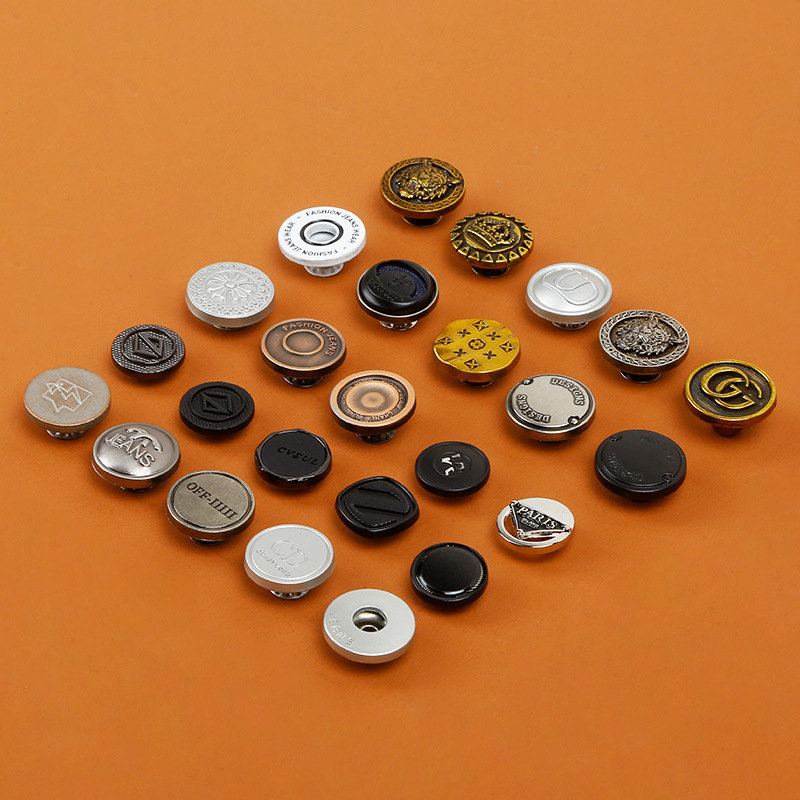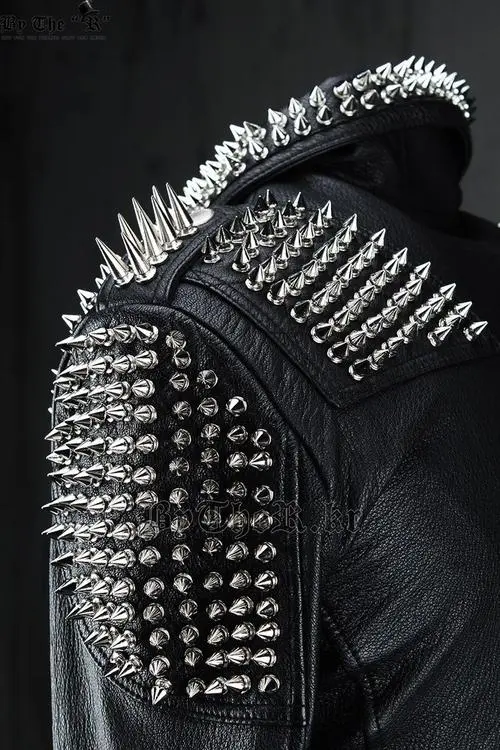 Esperanto
Esperanto
 Shqiptare
Shqiptare
 Euskara
Euskara
 Zulu
Zulu
 Latinus
Latinus
 Cymraeg
Cymraeg
 தமிழ்
தமிழ்
 Slovak
Slovak
 Slovak
Slovak
 Afrikaans
Afrikaans
Introduction to clothing accessories buckle
The material classification of clothing accessories' fasteners mainly includes metal fasteners, plastic fasteners, and synthetic material fasteners. Metal fasteners are sturdy and durable, with high compression and abrasion resistance, commonly used in high-end and outdoor clothing. Plastic fasteners are favored by many brands for their lightweight, low cost, and rich colors. Synthetic material fasteners combine the advantages of various materials, such as lightness, wear resistance, and water resistance, suitable for various occasions.
Time:
2024-07-25
Source:

The material classification of clothing accessories' fasteners mainly includes metal fasteners, plastic fasteners, and synthetic material fasteners. Metal fasteners are sturdy and durable, with high compression and abrasion resistance, commonly used in high-end and outdoor clothing. Plastic fasteners are favored by many brands for their lightweight, low cost, and rich colors. Synthetic material fasteners combine the advantages of various materials, such as lightness, wear resistance, and water resistance, suitable for various occasions.
The main functional characteristics of fasteners include firmness, convenience, and ease of adjustment. They can be securely attached to clothing, preventing them from falling off, and allowing users to open and close them quickly. Additionally, some fasteners feature adjustable sizes to meet the needs of different body types.
Fasteners are widely used in various types of clothing, such as jackets, windbreakers, dresses, pants, and more. They also have extensive applications in outdoor wear, children's clothing, and sportswear, providing convenience and comfort to wearers.
The design styles of fasteners are diverse, ranging from simple and elegant to fashionable and exquisite. Designers can create fasteners that match different clothing styles and brand personalities to enhance the overall aesthetic appeal of the garment.
The production process of fasteners involves multiple stages such as stamping, injection molding, and die-casting. Strict quality control is required at each stage to ensure that the produced fasteners meet standards and requirements. Advanced production techniques and technologies enable the production of high-quality and high-performance fasteners.
The quality requirements for fasteners include excellent material, smooth surface, uniform color, precise dimensions, and smooth opening and closing. Additionally, they must comply with relevant safety and environmental standards to ensure they do not pose any harm to wearers' health.
When selecting fasteners, it is recommended to consider the material, style, and purpose of the clothing for matching. For example, metal fasteners can enhance the overall texture of high-end clothing, while lightweight plastic fasteners are suitable for sportswear for easy adjustment and opening/closing. Additionally, the color and pattern of the fasteners can be coordinated with the clothing to create a harmonious and unified visual effect.
As the fashion industry continues to evolve, people's demands for clothing details and quality are increasing. As an essential accessory in clothing, the market demand for fasteners is also growing. Inthe future, with the application of new materials, processes, and technologies, the variety and performance of fasteners will be further expanded and enhanced, opening up broad market prospects.
Related News
2024-08-07 00:00
[BUT button] Shines at 2024 Sri Lanka International Fabrics & Accessories Expo, Button Designs and Quality Highly Praised
From August 7 to August 9, 2024, BUT button, a leading company in the button industry, successfully participated in the Sri Lanka International Fabrics & Accessories Expo, held in Colombo, the capital of Sri Lanka.
2024-07-25 17:39
Introduction to rivets for clothing accessories
The rivets used as clothing accessories are made of various materials, including stainless steel, copper, iron, and alloys. Stainless steel rivets are noted for their corrosion resistance and high strength, while copper rivets exhibit a superior texture and warm color. The different materials give the rivets distinct textures and styles in clothing.


![[BUT button] Shines at 2024 Sri Lanka International Fabrics & Accessories Expo, Button Designs and Quality Highly Praised [BUT button] Shines at 2024 Sri Lanka International Fabrics & Accessories Expo, Button Designs and Quality Highly Praised](https://omo-oss-image.thefastimg.com/portal-saas/pg2024071119050350740/cms/image/8c6cf6b0-d4d6-4c3c-859d-1c6a53eccd7e.webp)





